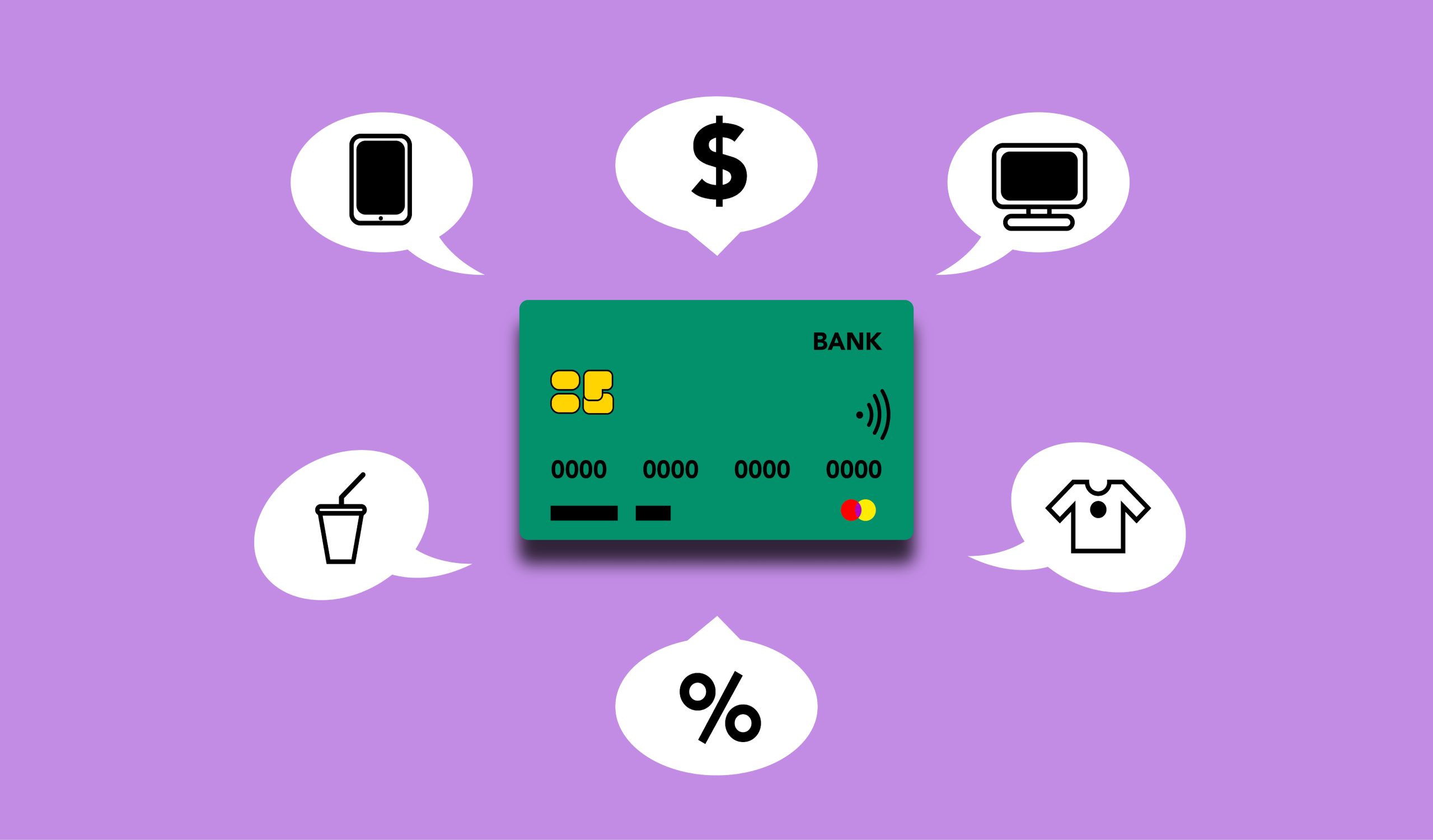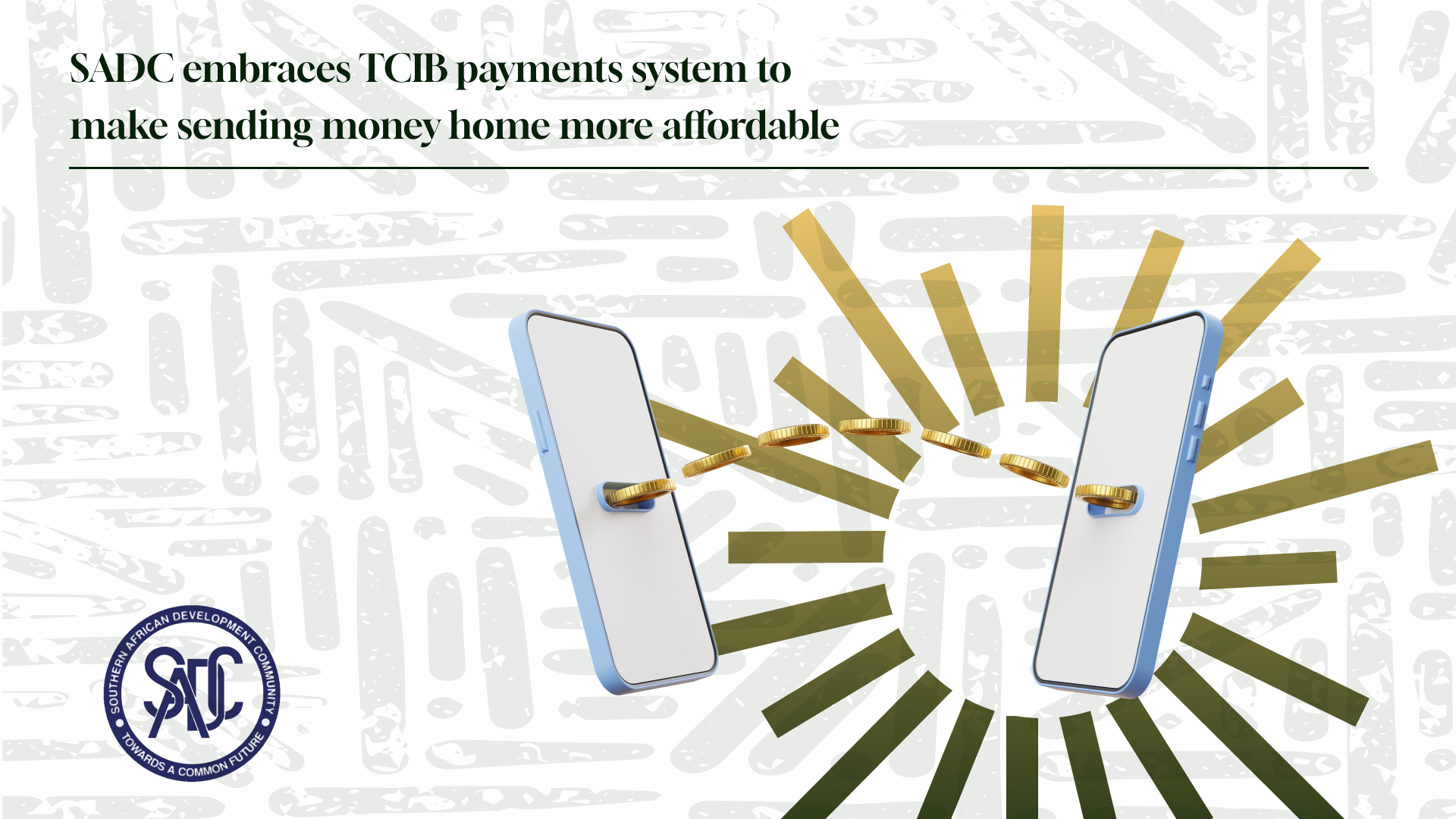The State of Integrated Payment Systems in Africa shows that there is significant progress in their development, however, there are still issues to be solved to ensure that the platforms are inclusive, accommodating all types of transactions across all socio-economic strata
The beginning…
Integrated Payment Systems (IPS), also known as Interbank Payment Systems are specialised infrastructures that carry out automatic calculations and also allow for direct bank transfers of funds to intended recipients across regions and countries. Basically, there are real-time payments. It is evident nowadays that most consumers rely on digital services to purchase goods and services and also to receive international payments.

Types of Integrated Payment Systems in Africa
| Bank IPS | Only provides access to banks and supports instruments associated with bank accounts. (Includes microfinance banks in Nigeria) |
| Cross Domain IPS | Only provides access to banks and supports instruments associated with bank accounts. (Includes microfinance banks in Nigeria) |
| Mobile money IPS | A system that only provides access for mobile money providers and that supports instruments associated with mobile money accounts |
| Sovereign currency IPS | Typology term for the purpose of this report. Central bank digital currency (CBDC) IPS combines a sovereign currency instrument and value transfer scheme that can provide a unified digital value transfer mechanism between commercial instrument schemes, institutional stakeholders and individuals within an economy |
In the past few years, we have seen how financial growth has driven the broad adoption of digital payment services such as instant and inclusive payment systems. Instant and inclusive payment systems process retail transactions digitally in real time and the service is available 24 hours, 365 days per year. They also enable low-value, low-cost push transactions that are irrevocable and based on open-loop and multilateral interoperability arrangements.
| Bilateral Interoperability | The permission structure for payment instruments belonging to a given scheme is to be used in platforms developed by other schemes, including in different countries (World Bank, 2012). Multilateral interoperability involves a situation in which payment instruments that belong to a given scheme may be used in platforms developed by other schemes, including in different countries (World Bank, 2012). Multilateral interoperability involves the coexistence of multiple attributes, which can be combined in various ways. These attributes fall into three broad dimensions: technical, semantic, and business interoperability10 (BIS, 2021). The nature of the business interoperability rules determines whether a payment system is multilateral, but does not dictate the number of providers, platforms, schemes, or jurisdictions. |
| Multilateral interoperability | The permission structure for payment instruments belonging to a given scheme is to be used in platforms developed by other schemes, including in different countries. Multilateral interoperability involves a situation in which payment instruments that belong to a given scheme may be used in platforms developed by other schemes, including in different countries (World Bank, 2012). Multilateral interoperability involves the coexistence of multiple attributes, which can be combined in various ways. These attributes fall into three broad dimensions: technical, semantic, and business interoperability10. The nature of the business interoperability rules determines whether a payment system is multilateral, but does not dictate the number of providers, platforms, schemes, or jurisdictions. |
| Third-party interoperability | The foundation for interoperability of IPS participants via a centralized switching or clearing layer, facilitated by a third party. In some, but not all, countries the third party is an aggregator. The third party can be a private entity or government-owned. Interoperability is achieved when providers connect to the switch. |
In Africa, many IPS fulfil some inclusivity criteria, but none of them have yet reached mature inclusivity. The State of Instant and Inclusive Payment Systems in Africa Report 2022 indicates that while the rise of IPS is a substantial achievement, the analysis of the IPS landscape shows significant constraints to inclusivity. The report notes:
“Not all IPS offer access to channels that are most in demand; most do not yet enable cross-domain interoperability for end-user choice, and the majority of them do not allow banks to participate in decisions.”
State of Instant and Inclusive Payment Systems in Africa Report 2022

Barriers to Inclusivity Facing Integrated Payment Systems in Africa
It further points out that many of them also only offer limited use cases, and that only a handful have integrated B2P, P2G and G2P payments. The report notes that these limitations are challenging the ability of IPS to scale. Part of the report reads,
“When assessed for inclusivity, only five IPS are classified as moving towards mature inclusivity and more are deemed fully inclusive yet.”
State of Instant and Inclusive Payment Systems in Africa Report 2022
The report on the State of Instant and Inclusive payment systems in Africa 2022 indicates some key aspects to consider. In a nutshell, it depicts that:
- 13 IPS are not ranked and they do not enable P2B transactions or offer channels that are most used.
- 11 offer a basic inclusivity level, which means that they enable channels that are currently most used.
- 5 are moving towards a mature inclusivity level.
- 5 have progressed towards inclusivity levels, which means that they enable interoperability between all channels and also involve the central Bank as part of a governance framework that will enable input into decision-making and design by licensed PSPs.
The key challenges facing Integrated Payment Systems in Africa at the present moment are according to the report:
Value proposition is limited for participants and lower-income end-users
Larger players are often unwilling to integrate and competitive forces deter the integration of new and smaller players. This results in limited use case and channel integration observed across the IPS landscape. Complex payment processes constrain first-time and early end-users of digital payments.
Result: Limited options for users constrain uptake and usage.
Cost drivers undermine business and use case:
Infrastructure and digital constraints in most countries combined with limited consumer literacy create a high cost base that limits access and drives the cost of delivery to providers, which requires scale for sustainable delivery. However, the duplication of infrastructure across providers fragments scale.
This drives up per-transaction costs. The staggered rollout of use cases observed across the IPS landscape further limits the scale and means that the value proposition to end users is undermined. These elements are fueled by the processing load and variation on data standards and fields stemming from required messaging standards, as well as by digital transaction levies, which can dampen digital financial service providers’ business models. Moreover, some IPS have complex trade-orientated forex models not suited for IPS transactions and response times.
Result: The various cost drivers result in high transaction fees for end-users, which affect the level of end-user engagement.
Regulatory hurdles affect competition and innovation and delay implementation
Scheme governance frameworks are set up to favour participation in decision-making by larger players, specifically banks. This creates an unlevel playing field. This can be a result of a PSP licensing regime that curtails the access to payment infrastructure for new entrants.
A second regulatory barrier exists among the requirements for customer due diligence and the implementation of such requirements differs across jurisdictions and between participants. Finally, if there is no oversight of financial institution recourse processes, individuals are less likely to use the IPS in general.
Result: An uneven playing field can fuel mistrust in digital payments, which stifles uptake and usage. Inconsistent onboarding processes affect usability. Recourse mechanisms that are unclear, difficult, or costly to navigate undermine user trust.
Risk of fraud and cybercrime
The digital and instant nature of IPS makes them vulnerable to financial cybercrime and fraud, especially via mobile channels.
Result: Perceived fraud and security risks erode end-user trust in Integrated Payment Systems, which impedes adoption and usage
Cover Image Credit: Monstera Production via Pexels








